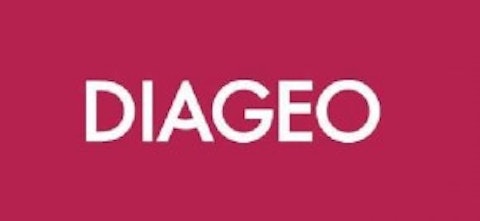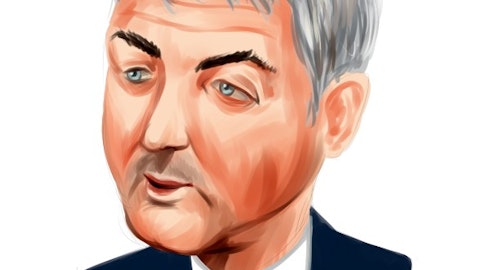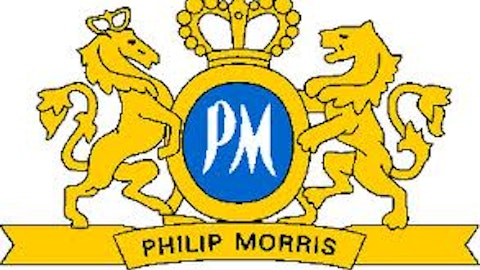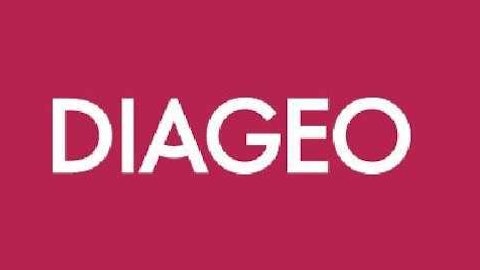
Variations on a theme
A great example of Diageo innovating is the way they have overhauled their most famous brand and biggest source of revenue, Johnnie Walker scotch whiskey. Over the last few years Diageo plc (ADR) (NYSE:DEO) has introduced multiple new variations, including Double Black, Platinum, Gold Reserve, and the Johnnie Walker Explorer’s Club. This exotic whiskey even has its own varieties focused on flavor notes from different parts of the world, and is available exclusively in duty free stores around the world. Why is this innovation important for Diageo? Simply because most of these newer versions come with premium prices: while none are as expensive as their existing $200 Johnnie Walker Blue Label, they all cost upwards of $50 per bottle, even straight from the company, and some as high as $150 per bottle. Diageo plc (ADR) (NYSE:DEO) is also using the Explorer’s Club exclusivity at duty free stores as a way to make the brand feel more premium than standard whiskeys.
Distilling new ideas
At the same time, Diageo can use its extensive distribution systems to create new brands and test them in markets that can be wildly different from each other before expanding those brands to other parts of the world. For example, Diageo plc (ADR) (NYSE:DEO) launched The Singleton in Taiwan in 2006. Since then, the malt whiskey has done so well that Diageo has expanded where it can be purchased and it is now the fifth bestselling malt whiskey in the world. Diageo launched last year a drink called Orijin in Cameroon, which is a beer-like drink made from local traditional herbs and fruits. This drink is popular in Cameroon because the ingredients are sourced locally and have flavors that appeal to the local populace. While Orijin has not been distributed outside Cameroon (yet), the option is there. Then there’s Naked Turtle, a new brand of rum that Diageo is testing in certain areas that is partnered with the Turtle Conservancy to appeal to ecologically-minded consumers.
Judge a book by its cover
Diageo plc (ADR) (NYSE:DEO) showcases its spirits in the best packaging they can find. They know that a first impression is very important, and that some people treat their drinks as a sign of prestige, just like cars or clothes. With that in mind, Diageo has hired design firms including Ogilvy & Mather, Raison Pure, and Lewis Moberly to help their products stand out on the shelf, at the bar, and in customer’s hands. As Ms. Saller said on the webcast, Diageo sells “objects of desire.”

A shot of science, please
The webcast also featured Luca Lupini, the head of the Technical Innovation team at Diageo. He discussed some of the science that put Diageo ahead of its competitors. One of these is evident in the gin Tanqueray 10. This gin was made from fresh ingredients and distilled in small batches. Most gin is made using dried ingredients, but the extra flavor imparted using this method allowed Tanqueray 10 to win three double gold medals in a row at the San Francisco World Spirits Competition, and it is the only gin in their Hall of Fame. Diageo has also been able to create beer from ingredients other than barley and hops, using cassava as the main ingredient in Ruut Extra. This beer was a technical innovation that Diageo plc (ADR) (NYSE:DEO) jumped all over, getting the product to market in just eight weeks.
Does innovation matter?
The question, then, is simple: after all this, is Diageo’s innovation engine running at full steam? Are they effective at creating new products and making money from those new products? The numbers say yes. In the last five years, Diageo has created new products with revenue of over $2 billion. In a slow moving market like spirits, this is a phenomenal accomplishment considering that amount is almost the same as rival Beam‘s entire 2012 fiscal year revenue, but is only about 1/9th of Diageo’s revenue. Better yet, Diageo doesn’t miss with their innovations much: 73% of their new products are still in the market five years after launch, as compared to the category average of 32%.
Should Diageo plc (ADR) (NYSE:DEO) be in your portfolio? Let’s look at a couple quick metrics (data from finviz.com) (INDUSTRY is Beverages – Wineries and Distilleries)
| Company | P/E | P/S | Dividend Yield | ROE | PEG |
| DEO | 19.2 | 4.4 | 1.9% | 44% | 2.13 |
| BEAM | 24 | 4.2 | 1.4% | 9.7% | 2.05 |
| INDUSTRY | 23.2 | 3.3 | 1.8% | 9.5% | 2.2 |
According to the table above, Diageo is valued about the same as its peers.The only outlier here is the return on equity for Diageo, which is substantially higher than the rest of the industry due to its large amount of debt, none of which is likely to be a problem. All of this adds up to an industry’s eight hundred pound gorilla that is growing organically, doesn’t waste money, and seems to be fairly valued.
Timothy Noffsinger owns shares of Diageo plc (NYSE:DEO) (ADR). The Motley Fool recommends Beam and Diageo plc (ADR) (NYSE:DEO).
The article How Does Diageo Innovate? originally appeared on Fool.com.
Timothy is a member of The Motley Fool Blog Network — entries represent the personal opinion of the blogger and are not formally edited.
Copyright © 1995 – 2013 The Motley Fool, LLC. All rights reserved. The Motley Fool has a disclosure policy.



